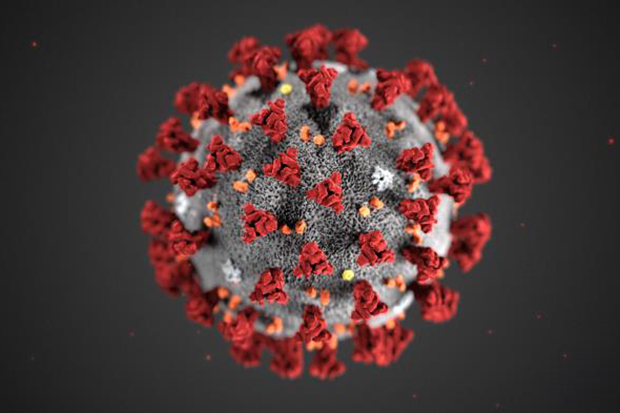
Good Ventilation in the Workplace can help Reduce the Spread of Coronavirus
As more people return to the workplace, the Health and Safety Executive (HSE) is stressing the importance of good ventilation to support businesses minimise the risk of coronavirus.
Alongside cleaning, hygiene and handwashing, good ventilation is one of the best ways to reduce the spread of coronavirus in the workplace as it reduces the amount of virus in the air helping protect workers and their families.
As coronavirus spreads through the air, the virus can build up in poorly ventilated areas which increases the risk of infection and it is a legal requirement that employers must make sure there’s an adequate supply of fresh air (ventilation) in enclosed areas of the workplace.
HSE’s updated guidance looks at how to identify poorly ventilated areas, the use of carbon dioxide (CO2) monitors, how to improve natural and mechanical ventilation, balancing ventilation with keeping warm and ventilation in vehicles.
Maximising the fresh air in a space can be done by:
- natural ventilation which relies on passive air flow through windows, doors and air vents that can be fully or partially opened
- mechanical ventilation using fans and ducts to bring in fresh air from outside, or
- a combination of natural and mechanical ventilation
Dr Alexander Tsavalos, HSE’s Head of COVID Sector Policy, said: “As more and more people return to their place of work, employers and workers need to continue to work safely to keep coronavirus at bay and this includes having good ventilation systems in place.
“Ventilation helps reduces how much virus is in the air. It helps reduce the risk from aerosol transmission, when someone breathes in small particles (aerosols) in the air after a person with the virus has been in the same enclosed area.
“You can improve natural ventilation in the workplace by doing simple things like opening windows and doors and can improve mechanical ventilation by understanding how your systems work and by making sure they’re working properly.
“The use of CO2 monitors in the workplace can also help. Although CO2 levels are not a direct measure of possible exposure to COVID-19, checking levels using a monitor can help you identify poorly ventilated areas.
“Updated guidance on ventilation in the workplace is available on our website which will help more and more businesses operate in a safe environment while protecting their workers. Covid-19 isn’t going away and complacency isn’t an option.
“Good ventilation should be considered alongside other control measures needed to reduce risks of transmission as part of working safely, such as updating your risk assessment, keeping your workplace clean and frequent handwashing.”
Managing Covid risks in the workplace is everyone’s responsibility and workplace risk assessments need to include how your premises is ventilated and fresh air is brought into your building, along with other control measures, including cleaning, hygiene and handwashing.
To support businesses in understanding the working safely guidance and how to implement Covid measures, the Health and Safety Executive is continuing to carry out spot checks and inspections by calling, visiting and inspecting all types of businesses.
The spot check programme provides expert advice during the calls and visits, advising businesses on how to manage risk and protect workers, customers and visitors. We are also working closely with local authorities, assisting them in the sectors they regulate such as hospitality and retail.
Please ensure your workplace is working safely by following the latest guidance. The updated information on ventilation is available on our website.

Leave a Reply
You must be logged in to post a comment.